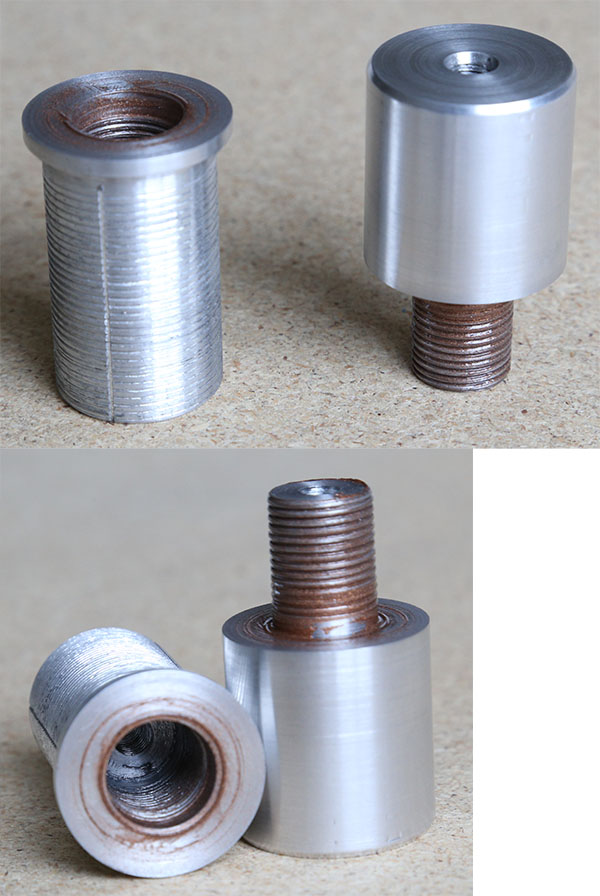Here is my solution to the Sigma problem:

I got a friend who has a lathe to make the two pieces for me. I must stress that I have not used it yet, and anyone who copies this design does so at their own risk. But I am posting it immediately because I know some people will be really struggling for an immediate solution and may want to get on with having something similar made as soon as possible.
The piece on the left is intended to be bonded into the steerer. The grooves on the lower outer surface are to improve the ability of adhesive to retain it in the steerer. It has an M6 thread that goes all the way through the centre, and a larger female thread at the top to allow the piece on the right to be screwed into it. The idea is that the piece on the left will be used on its own when the Sigma replacement is received.
The piece on the right also has an M6 thread all the way through, and a larger male thread protruding from the bottom to allow it to be attached to the piece on the left. With this in place, a conventional stem can be used until the replacement Sigma is received. Note that it is only intended to support a stem where the steerer comes to around halfway up the stem clamp, it is not intended to have a stem clamped entirely or mostly on the extender. As I said, if you want to get something similar made and use it yourself, you do so at your own risk.
The friend who made this for me doesn't want to make production quantities for other people, so you're on your own for getting someone to make something similar for you.
The lower part could also be made using an expanding bung similar to existing commercial products, but it would have been much more complex for my friend to make, and I have a TT tomorrow that I want to use this for, so simplicity won. I'm happy enough to have it bonded in, as together with the extending piece, it covers all my expected use cases. The extending section protrudes far enough above the stem that a HED lollipop can be attached to replace the Sigma's bottle mount.
The total weight is 96g, and it's made from this alloy:
http://www.aalco.co.uk/...6T651-Plate_148.ashx I'm not specifically recommending that, it's just what he already had, but it seems reasonably suitable, with good strength and corrosion resistance.

